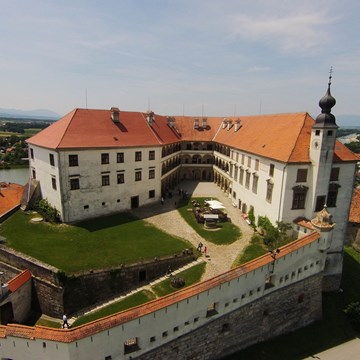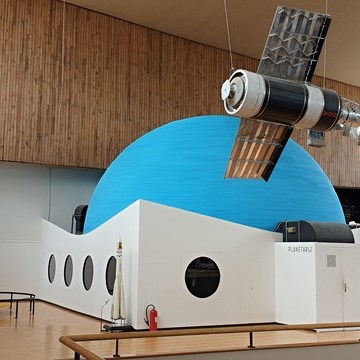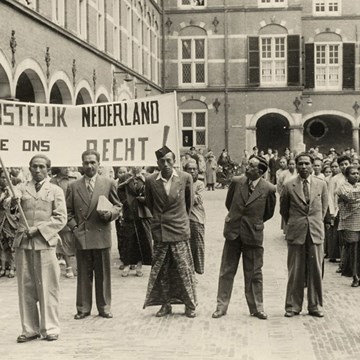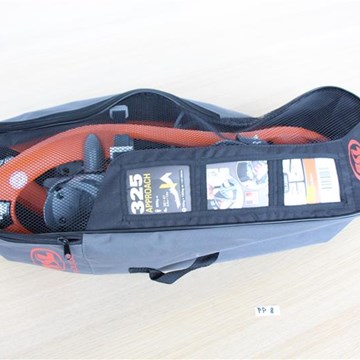‘Zwiebelfische’ – Jimmy Ernst: Glückstadt/New York. About ‘Stray Letters’ and Foreign Signs
Single letters which have been inadvertently sorted in the wrong compartment of a type case are called “Zwiebelfische”. The aforesaid title refers metaphorically to a project that shows the multi-faceted biography of Hans-Ulrich (called “Jimmy”) Ernst (1920-1984) and the history of the Augustin printing enterprise. Exhibition, movie, and publication are the three different components of this project which found an ideal place at the Gutenberg-Museum in the city of Mainz.
In 1935 the famous Augustin print shop in Glückstadt near Hamburg took care of Jimmy Ernst, the fifteen-year-old son of the Jewish art historian Louise Straus-Ernst and the surrealist painter Max Ernst and made it possible for him to begin an apprenticeship as a typesetter. The print office (founded in 1632) had been in possession of the Augustin family since 1775. It was in contact with the most renowned scientists of all fields and was best known for composing texts in languages from all over the world, even in cuneiform or in runes, as well as complex formulas and tables.
The multitude of foreign alphabets, such as Arabic, Hebrew, Greek, Ethiopian, Coptic, Tamil, Tibetan, and Japanese were to influence Ernst’s life: After his apprenticeship Jimmy Ernst succeeded, with the help of the Augustin family, in emigrating to the U.S.A. In New York he found work in the Augustins’ American affiliate. There he got in touch with the New York arts scene and could establish himself as a painter. In 1944 his mother lost her life at Auschwitz. His world-famous father, who also fled to New York in 1941, died in Paris in 1976.
The “Zwiebelfische Project” aroused the Augustin print office from a long hibernation which had been caused by the economic crisis in the 1970s. The exhibition shows precious objects on loan to the Gutenberg-Museum, such as a worldwide unique type case in the form of a circle, which contains 18,000 characters for the composition of Chinese texts, rare machines (Augustin bought some of the first monotype machines in 1910), other furnishings, and a selection of (scientific) literature printed by the Augustin enterprise. Most of these items are presented to the public for the first time. Another component of this project is the movie by C. Bau and A. Diekhoff. This film, which was produced in 2010, shows mysterious characters, symbols, and alphabets; and its poetic pictures are accompanied with extracts from Jimmy Ernst’s memoirs. There is a book of the same title which was based on the movie and presents stills and texts. In addition to that, the well-known photographer Candida Höfer from Cologne, who participated at Documenta 11 in Kassel and at the Biennale in Venice, made pictures of the Augustin print office that will also be a part of this exhibition.
Text source
Image source
Exhibitions and events
We don't have anything to show you here.
Activities from this museum
We don't have anything to show you here.











